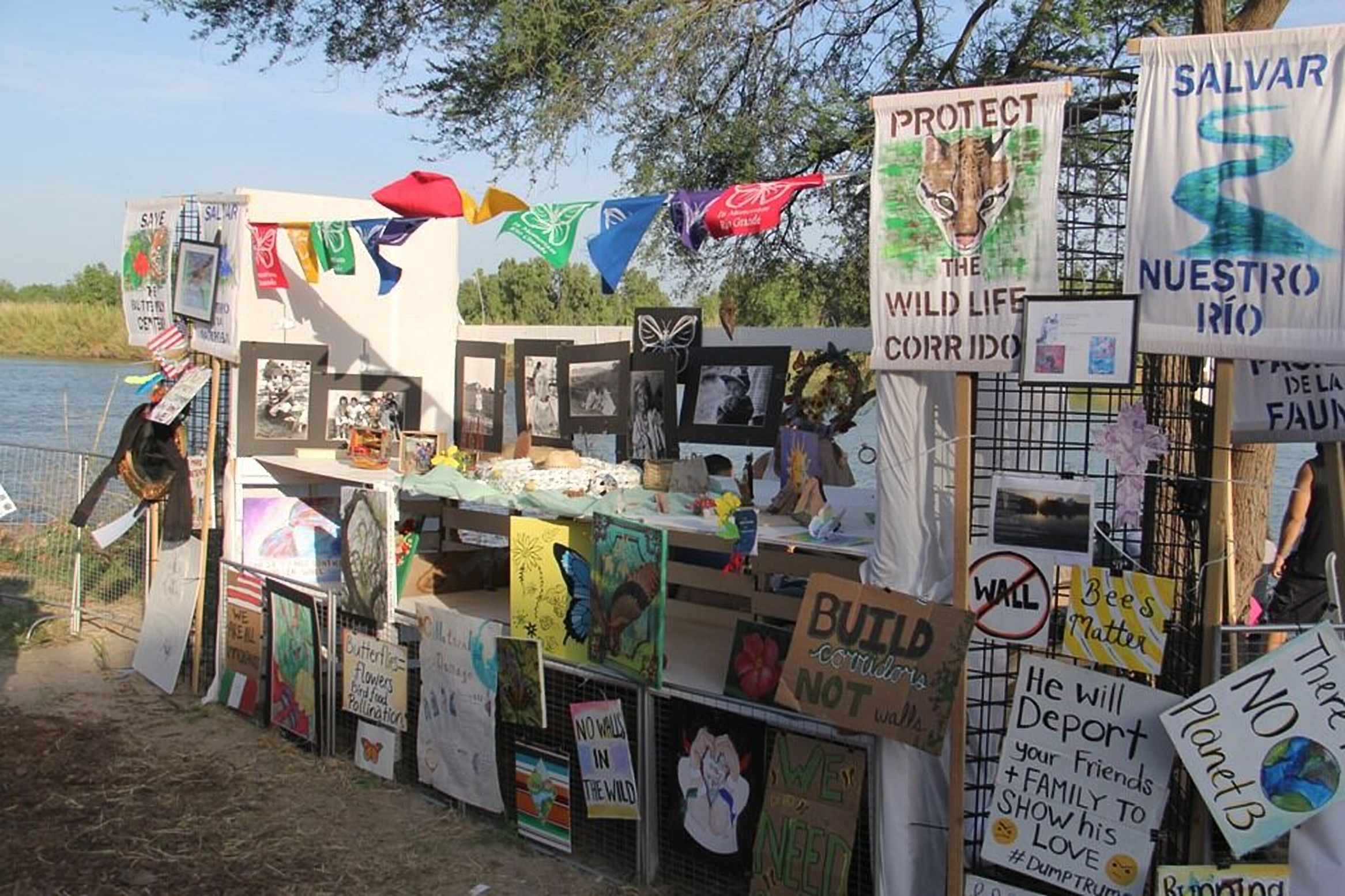People from South Texas border communities and beyond gathered on the banks of the Rio Grande on Memorial Day Weekend to pay homage to the river that the American Rivers Association has designated as one of the world’s most threatened. The waterway, which acts as a boundary between the US and Mexico, has already been degraded by overuse of its waters in both countries, by pollution, and by loss of riparian habitat due to agriculture and urbanization. Now it may be cut off from public access along its entire lower stretch by the latest border walls approved by Congress in 2018 and 2019. The combined appropriations called for walling off the river for more than 120 miles, which, along with previously built walls, would make almost all of the river in Texas’s three southernmost counties inaccessible to communities.
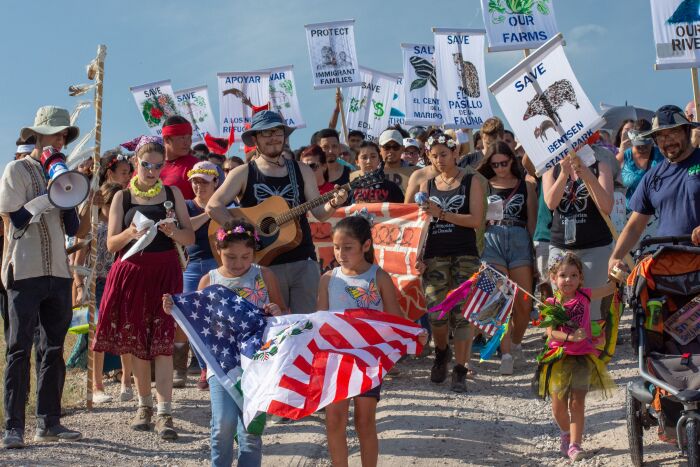
Photo by Bee Conrad
Organizers of the event In Memoriam Rio Grande aimed to draw attention to what could be lost due to border wall construction, including access to the river, vital riparian habitat in an ecologically sensitive area, and more lives of asylum seekers who continue to die in alarming numbers by being forced to cross the river and other hostile terrain because they are refused the opportunity to legally claim asylum at ports of entry by the Trump administration.
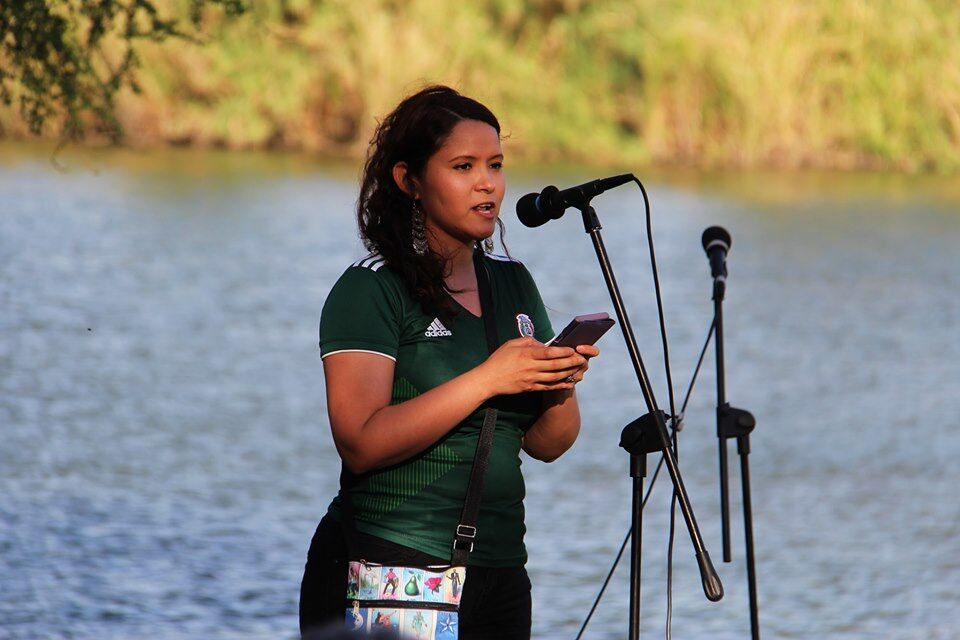
Photo by Scott Nicol
Held at the National Butterfly Center In Mission, Texas—a battleground for border wall resistance—In Memoriam Rio Grande took the form of a procession and memorial and was filled with poetry, music, and art. After a poetry reading by McAllen, Texas, Poet Laureate, Edward Viduarre, and a Nahua invocation by local artist, Cristela Cano, 200 protestors held artwork made at community workshops in the run-up to the event as they marched in procession to the Rio Grande.
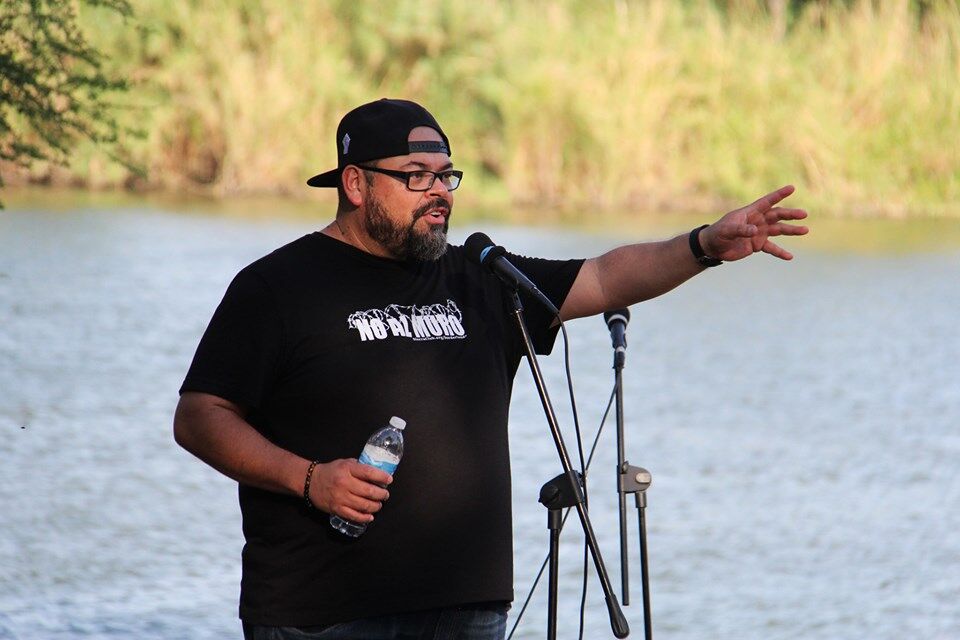
Photo by Scott Nicol
They marched while singing traditional songs of resistance, and of tribute to the Rio Grande, rehearsed at community gatherings also in the run-up to the event—songs such as “El Pueblo Unido Jamás Será Vencido” and “Down bBy the Riverside.”
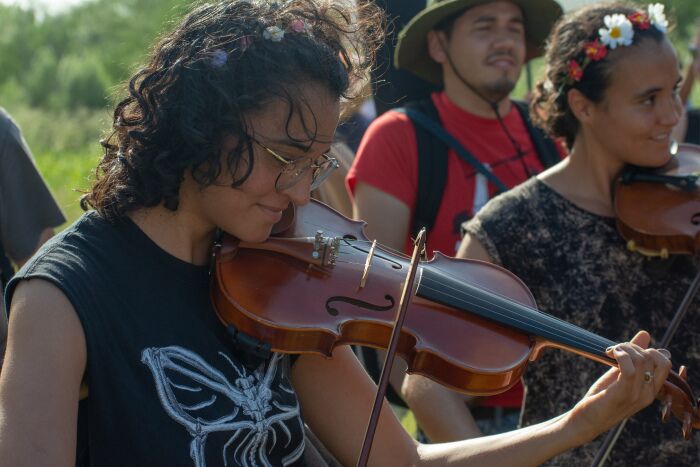
Photo by Bee Conrad
Camarata Cellista, a local cello ensemble, welcomed the protestors as they arrived to place art offerings on a community altar draped in white, situated underneath prayer flags of all colors tjat featured the event’s logo—a skeletal outline of a butterfly, designed by local artist, Phyllis Leverich.
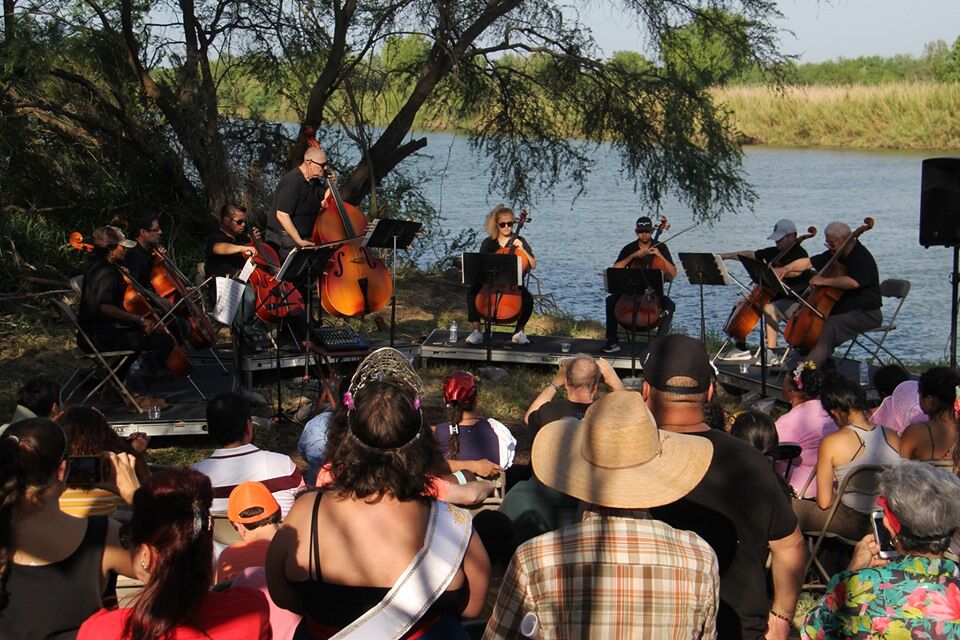
Photo by Scott Nicol
Poetry readings and musical performances followed while those in attendance contemplated the riverside view and took in the good vibes—some even jumped in.
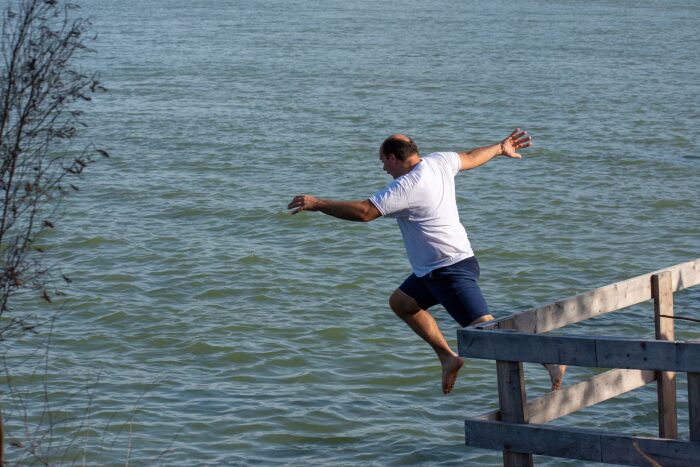
Photo by Bee Conrad
Juventina Herrera, a native of the Lower Rio Grande and life-long activist, was awe-inspired by the combination of music and river landscape, encouraged anew by the strong show of community, and stirred by the poetry and heart-wrenching art. “The art piece which really stuck with me was the clay heart that had border wall beams piercing through it,” Herrera said. “Border walls truly cut through our hearts.”
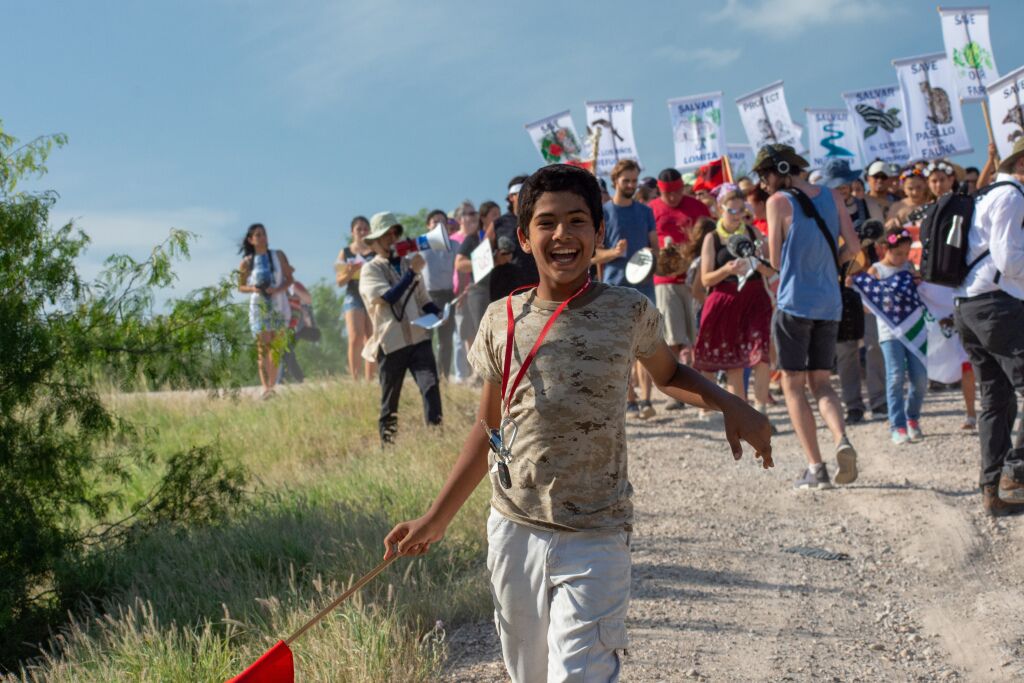
Photo by Bee Conrad
Herrera’s mother, Zulema Hernandez, was featured in Ay Mariposa—a film about the pain and resistance in the borderland struggle against the wall. She attended In Memoriam as well.
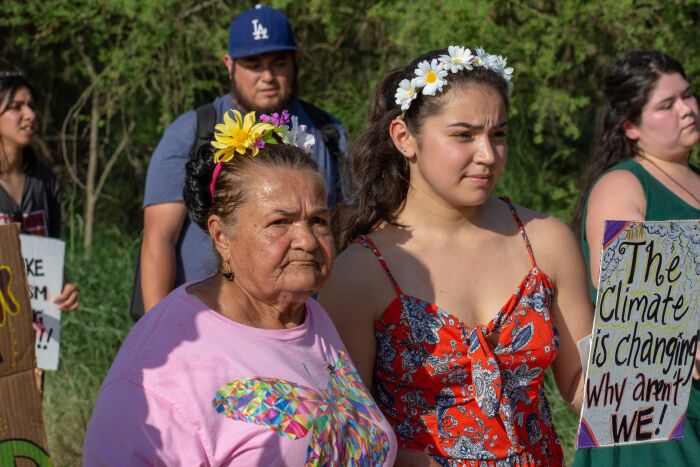
Photo by Bee Conrad
The long-time labor activist closed the ceremony by the river with a borderlands rendition of "No Nos Moveran/We Shall Not Be Moved." She said that the show of community by the river reminded her of days when the Rio Grande was frequented more often, before the militarization.
“I thought those days were already behind me. It’s good to live them again,” said the 78year-old farmworker activist.

Photo by Bee Conrad
Fatima Garza, an anthropology and Spanish student at the University of Texas Rio Grande Valley, made an art piece that she placed on the altar before the flowing river. In her view, the coming together of community healed the pain that she said she could only express through art.
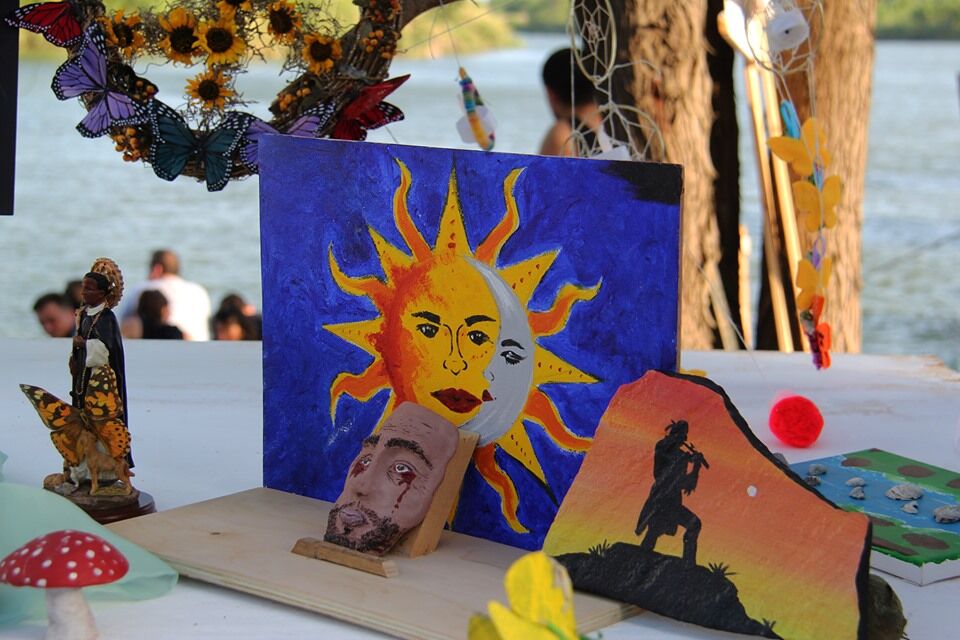
Photo by Scott Nicol
“We weren’t there to fight or scream. We were there for something deeper, more pure from within. And although I did not know many of the people there, I was able to feel that pureness and connection of el pueblo united. In Memoriam gave me hope and showed me that the community, and the things we have in common, like our connection to the land and to the river, are bigger than any wall that can come between us,” said the resident of Los Ebanos—a riverside community whose ties to the Rio Grande run deep.
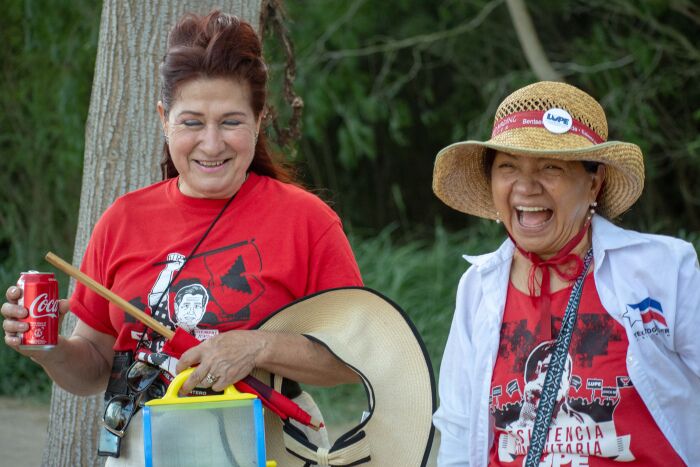
Photo by: Bee Conrad
In Memoriam Rio Grande brought together several community organizations in the Rio Grande Valley, as well as groups from across the country. Immigrant rights advocates, like La Unión del Pueblo Entero (LUPE), the Texas Civil Rights Project (TCRP), Angry Tías and Abuelas, and environmental advocates, like the Center for Biological Diversity, Defenders of Wildlife, and the Sierra Club Grand Canyon Chapter and Lower Rio Grande Valley Group, united under the banner of the No Border Wall Coalition to create this much-needed space for healing.
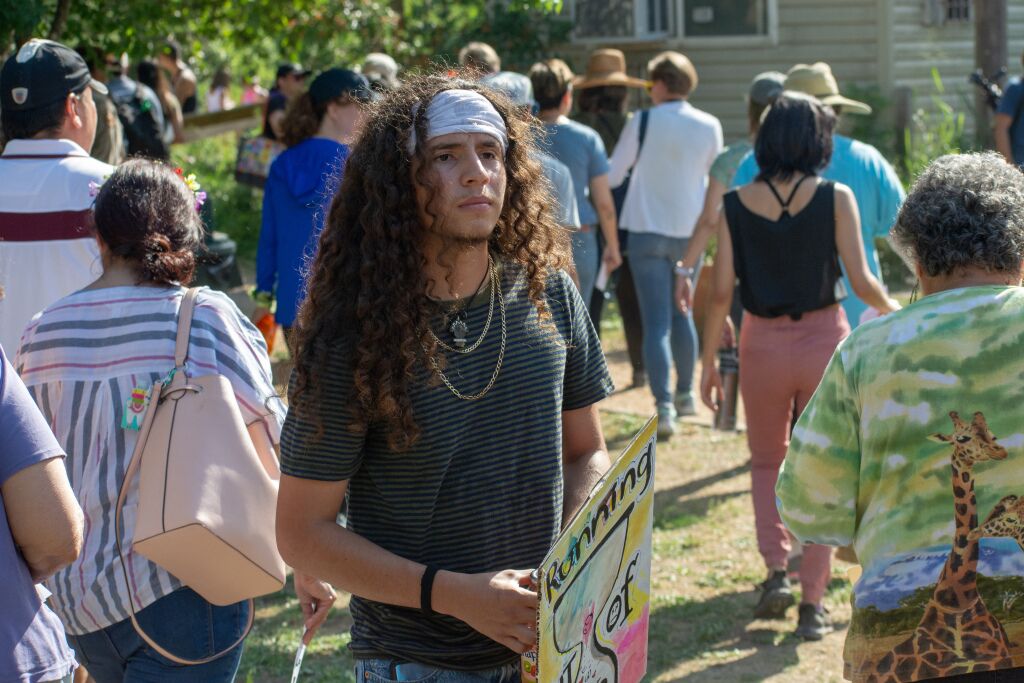
Photo by Bee Conrad
Members of the Lower Rio Grande Valley Sierra Club Group played a leading role in organizing In Memoriam. The Group has led the intersectional struggle against border wall construction in South Texas for more than a decade and is using the momentum from this event to help more landowners at risk of condemnation, demand accountability and transparency from Customs and Border Protection, and make sure that the wholesale disregard for bedrock environmental laws, made possible by the REAL ID Act, ends.
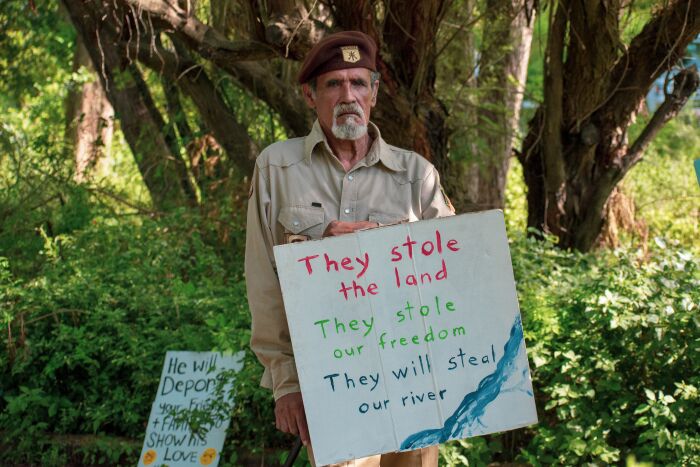
Photo by Bee Conrad
